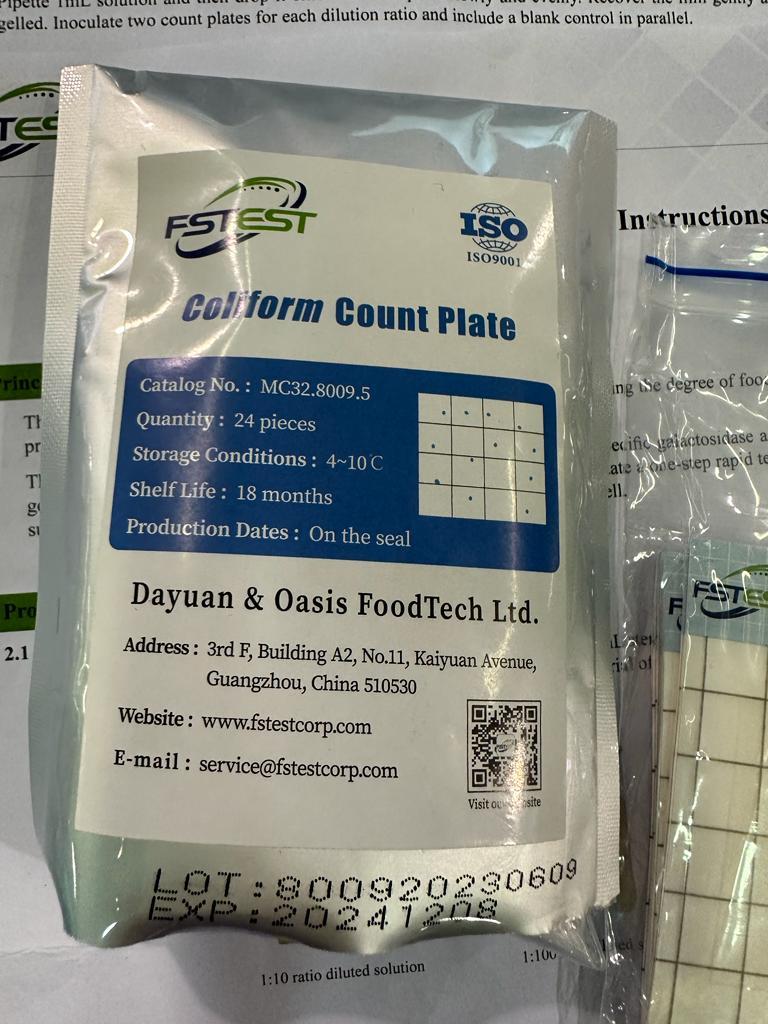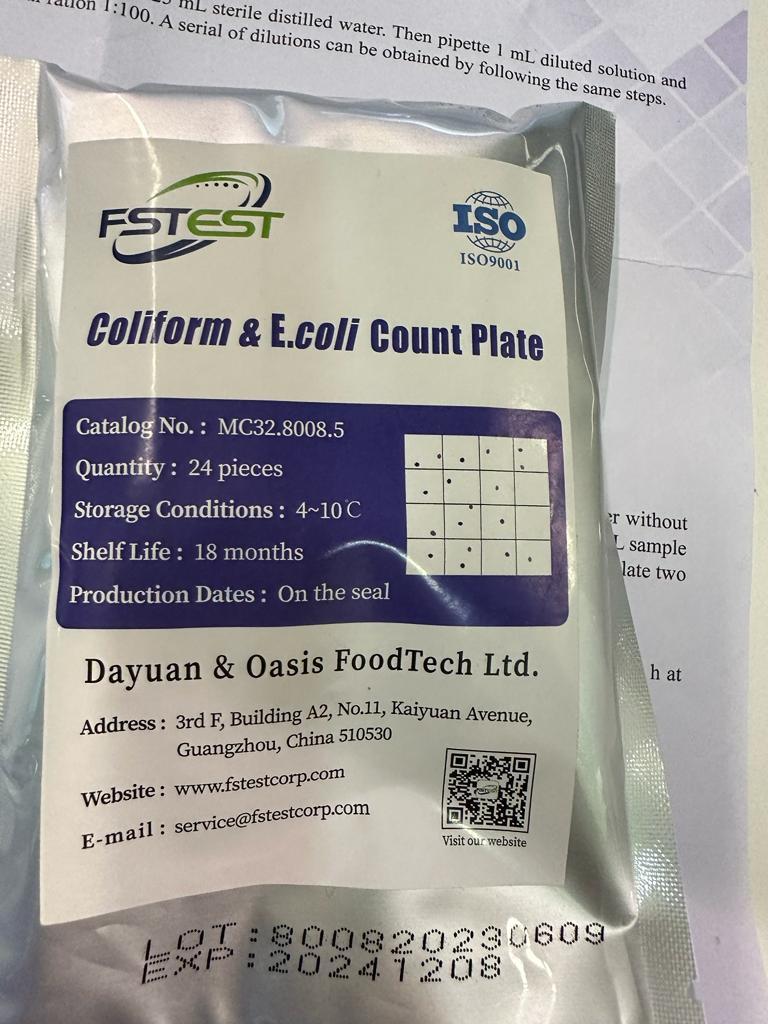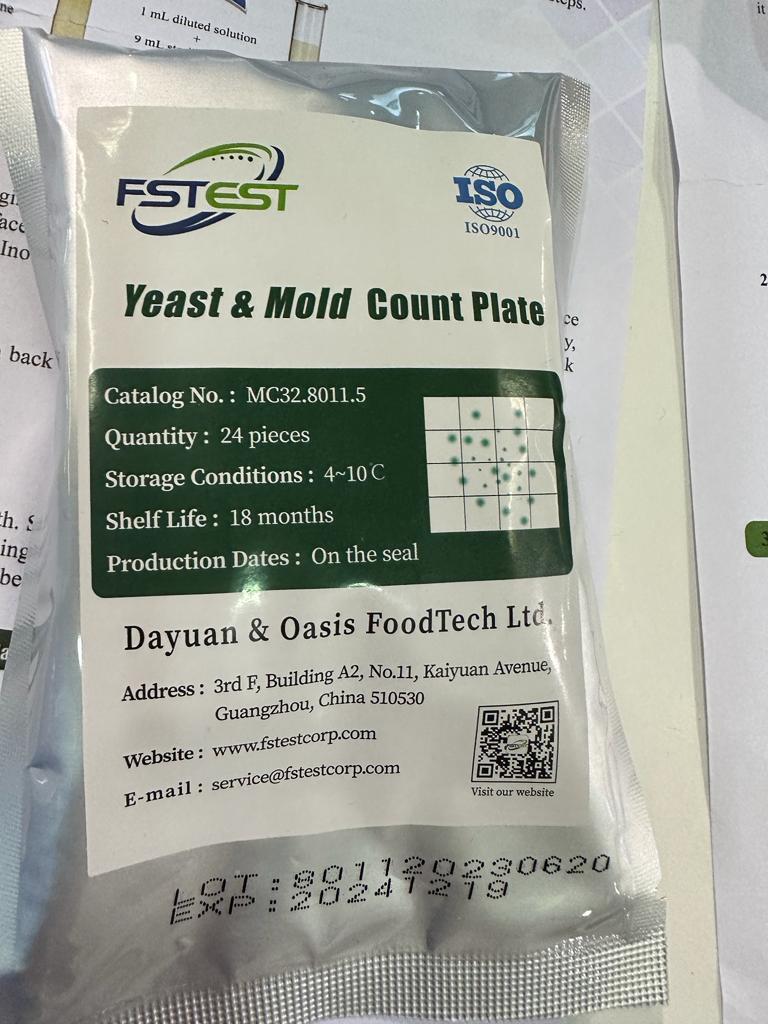Count Plates as Key Players
In the realm of microbiology, a fascinating array of techniques empowers scientists to explore the hidden world of microorganisms. Among these powerful tools, count plates stand as fundamental pillars, aiding in the quantification of microbial populations present in diverse samples. Let's delve into the captivating world of microbiological techniques, with a special focus on count plates and their indispensable role in advancing scientific knowledge.
The Microbiological Techniques Unleashed
Microbiological techniques encompass a wide range of methodologies designed to study microorganisms—tiny living beings that include bacteria, fungi, viruses, and other microscopic organisms. These techniques are deployed across various industries and research fields, playing a crucial role in understanding the impact of microorganisms on our world.
Count Plates: Gaining Insight into Microbial Populations 🧫
Count plates, also known as colony count plates or agar plates, are a fundamental tool for determining the number of viable microorganisms in a sample. The process involves several key steps:
Sample Preparation: A representative sample is collected from the environment of interest, such as food products, water sources, clinical specimens, or industrial materials.
Serial Dilution: To obtain a countable number of colonies, the sample is serially diluted in a sterile diluent. Dilutions are performed to reduce the concentration of microorganisms in the original sample.
Plating: A small volume of the diluted sample is spread evenly across the surface of an agar plate. Agar, a gelatinous substance derived from seaweed, serves as a nutrient-rich medium that supports the growth of microorganisms.
Incubation: The agar plates are placed in a controlled environment with optimal temperature and humidity, allowing microorganisms to grow into visible colonies over time.
Colony Counting: After incubation, the colonies on the plates are manually counted, or automated colony counters are used to determine the number of colony-forming units (CFUs) present in the original sample.
Applications Across Industries and Research
Microbiological techniques, including count plates, find diverse applications across various domains:
Food and Beverage Industry: Count plates assess the microbial quality and safety of food products, aiding in quality control and regulatory compliance.
Water Quality Monitoring: These techniques evaluate the microbiological safety of drinking water, ensuring public health protection.
Pharmaceuticals: Microbial testing is crucial in pharmaceuticals to ensure product sterility and safety for human use.
Clinical Diagnostics: Count plates play a role in diagnosing infectious diseases by identifying specific pathogens.
Environmental Studies: These techniques help monitor microbial diversity and activities in soil, air, and aquatic ecosystems.
Research and Development: Count plates are employed to study microbial physiology, genetics, and interactions in laboratories.
Paving the Path for Advancements
As technology continues to evolve, so do microbiological techniques. Innovations in genomics, next-generation sequencing, and advanced imaging methods have further enriched our understanding of microorganisms and their roles in ecosystems and human health.
The versatility and accuracy of count plates, coupled with other modern techniques, empower researchers to unlock new frontiers in microbiology. This progress, in turn, fosters critical advancements in medicine, agriculture, biotechnology, and environmental conservation.
In conclusion, the realm of microbiological techniques, with count plates at its core, holds immense significance in unraveling the mysteries of the microbial world. From ensuring food safety to advancing healthcare and exploring the environment, these techniques continue to drive scientific progress and inspire awe for the intricate microbial life that surrounds us.
Let’s work together





